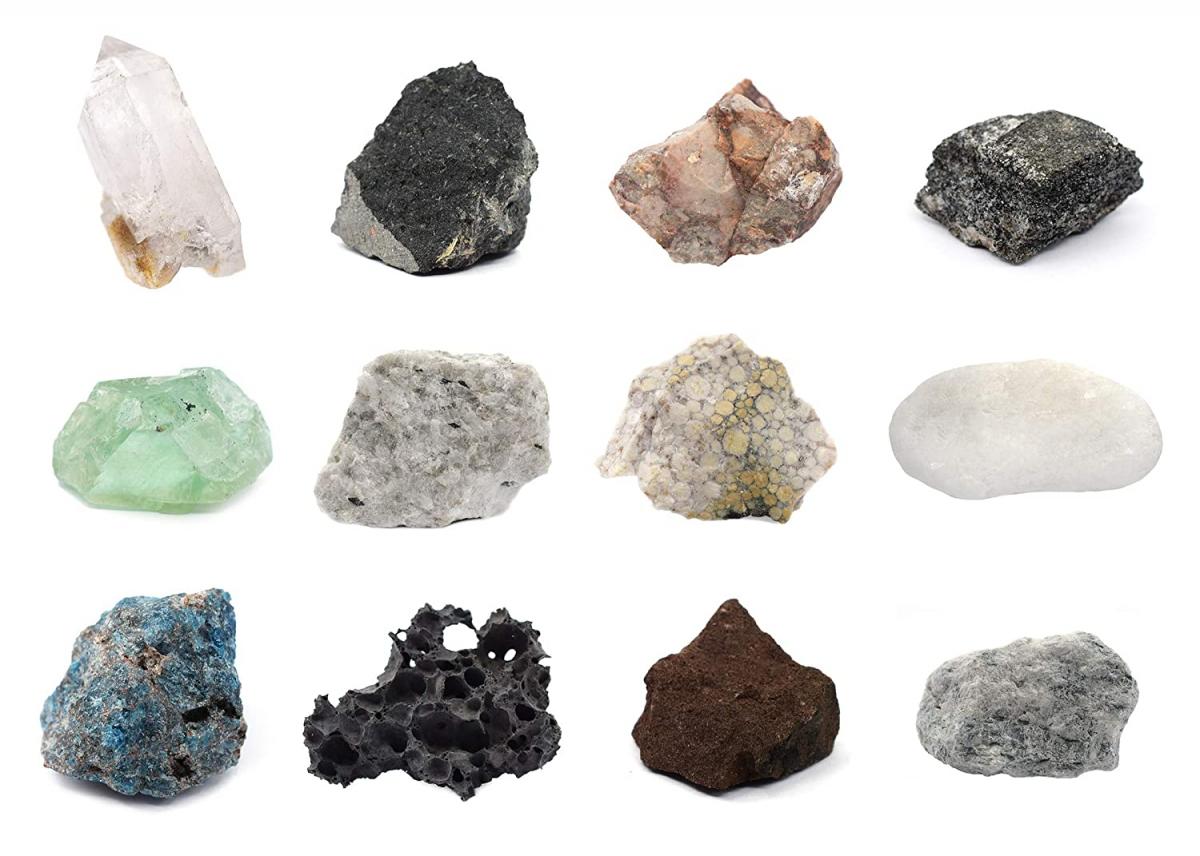Jan 12, 2021
AMEP Helps Develop Methodological Guidelines for Seven Minerals
All exploration companies prepare exploration reports and geological reserve and submit to the Professional Mineral Council (PMC) for discussion and registration into the National Mineral Reserve Registry. However, companies submit a range of different reports due to lack of unified guidelines and templates. As a result, the registry process stalls and causes misunderstanding between exploration companies and members of the PMC. Hence, the Ministry of Mining and Heavy Industry (MMHI), Geological and Mining Policy Implementation and Coordination Department and AMEP will engage Mongolia’s top exploration and geological scholars in developing methodological guidelines for geologists to standardize exploration techniques and reporting of seven key minerals, namely aluminum ore, lithium-caesium, graphite, rare earth elements, industrial salts, carbonate rocks, and sand and gravel.
This activity is in alignment with the implementation of two ministerial resolutions. First, Resolution #203 (2015) Classification of mineral resources and reserves requires and authorises the MMHI Geological and Mining Policy Implementation and Coordination Department to develop guidelines for prospecting, exploration and reporting of reserve and resource estimates for about 20 key minerals. Second, Resolution #A/195 (2018) Methodological guidelines for prospecting, exploration and reporting of resources and reserves for key minerals requires guidelines to align with the United Nations Framework Classification for Fossil Energy and Mineral Reserves and Resources 2009, bringing Mongolian practice closer international methods.
AMEP 1 supported the development of guidelines for five commodities in 2018. Those guidelines were well-received by the MMHI and have been widely adopted by the geology profession and relevant authorities. AMEP 2 has recently signed terms of reference with the Center for Mineral Resources, Geo-information and Training of the Mongolian University of Science and Technology to develop methodological guidelines. The widespread use of such standardised reporting of mineral reserves and resources based on these guidelines will contribute to greater efficiency, transparency, and clarity of the reserve and resource registration process.
This activity is in alignment with the implementation of two ministerial resolutions. First, Resolution #203 (2015) Classification of mineral resources and reserves requires and authorises the MMHI Geological and Mining Policy Implementation and Coordination Department to develop guidelines for prospecting, exploration and reporting of reserve and resource estimates for about 20 key minerals. Second, Resolution #A/195 (2018) Methodological guidelines for prospecting, exploration and reporting of resources and reserves for key minerals requires guidelines to align with the United Nations Framework Classification for Fossil Energy and Mineral Reserves and Resources 2009, bringing Mongolian practice closer international methods.
AMEP 1 supported the development of guidelines for five commodities in 2018. Those guidelines were well-received by the MMHI and have been widely adopted by the geology profession and relevant authorities. AMEP 2 has recently signed terms of reference with the Center for Mineral Resources, Geo-information and Training of the Mongolian University of Science and Technology to develop methodological guidelines. The widespread use of such standardised reporting of mineral reserves and resources based on these guidelines will contribute to greater efficiency, transparency, and clarity of the reserve and resource registration process.

